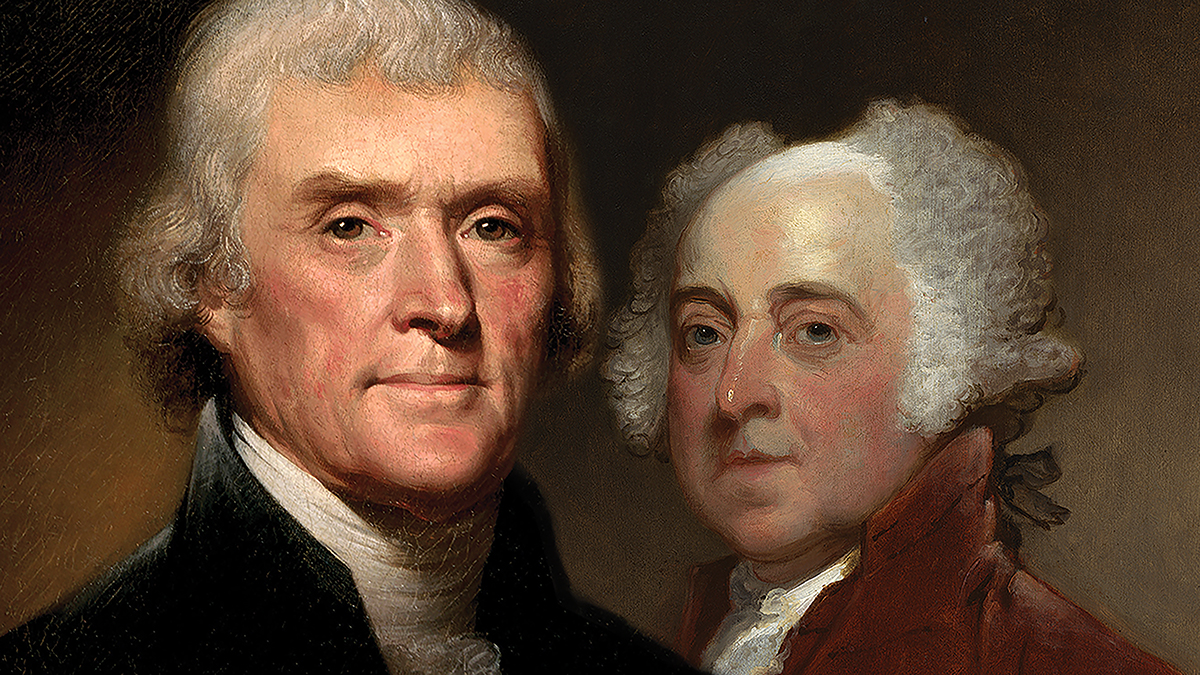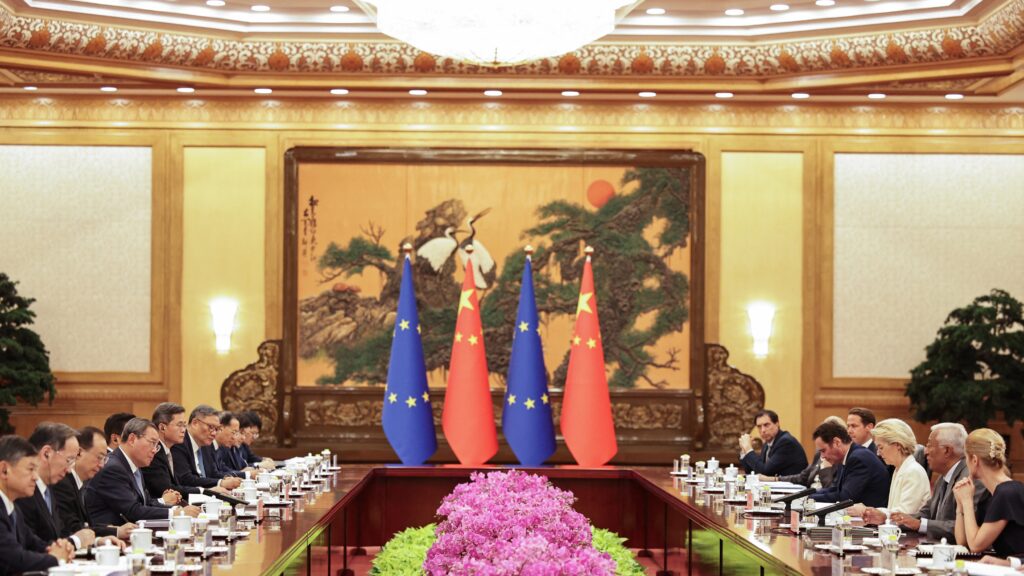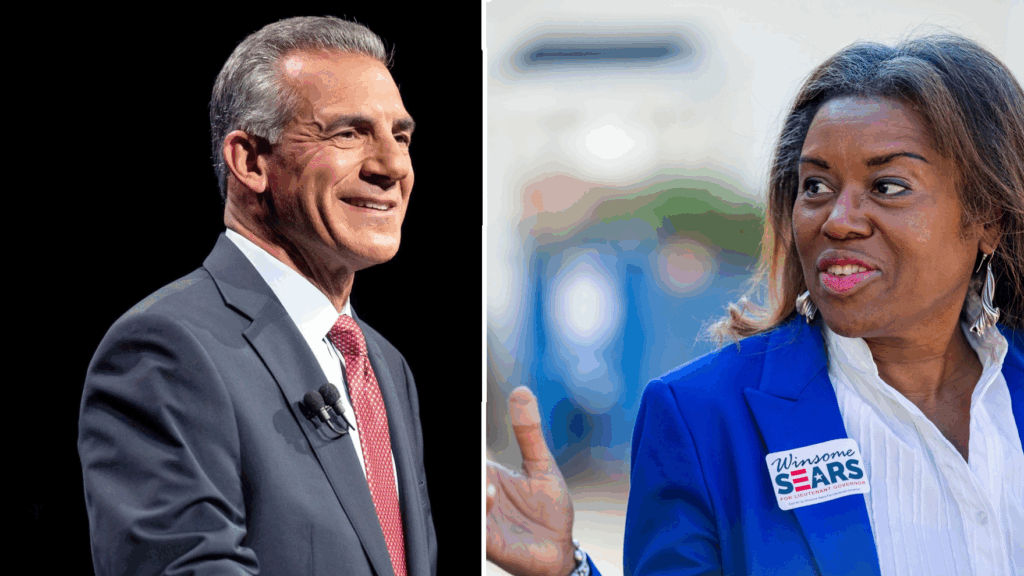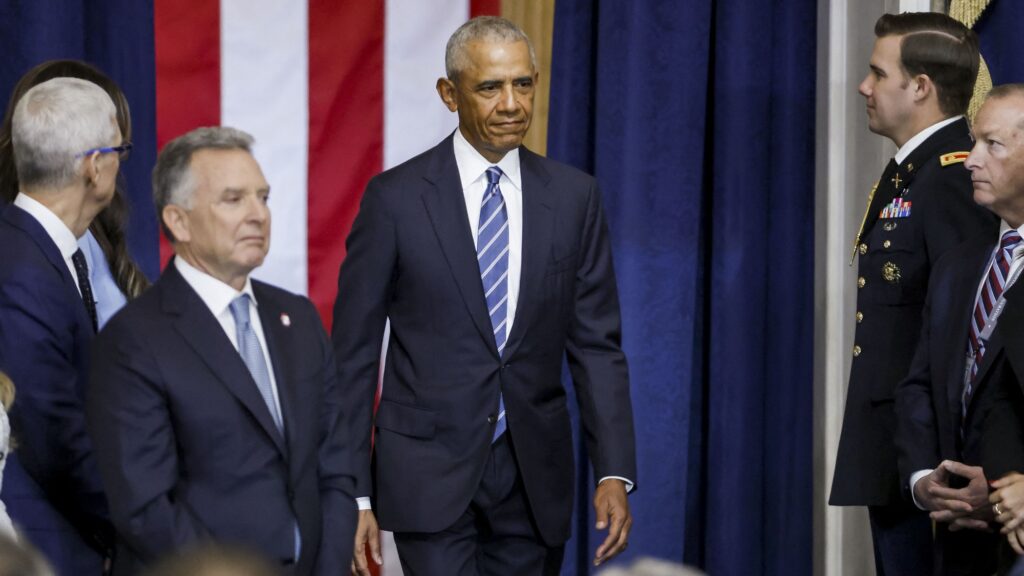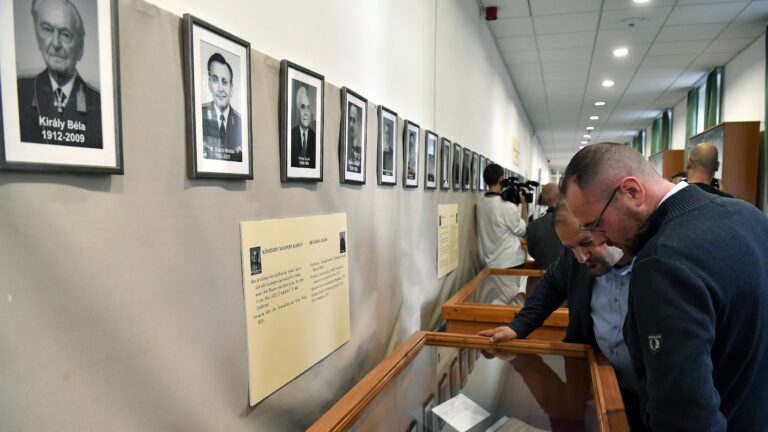The 60th quadrennial presidential election in the United States is in 12 weeks, less than three months away. As the campaign season is heating up, let’s take a look at the first time power changed hands among opposing parties, the election of 1800.
This election was also the final nail in the coffin of the original electoral system, with its flaws on full display, making it untenable to continue going forward. The 12th amendment, ratified in 1804, introduced the modern American presidential election system in place today.
Incumbent President John Adams from the Federalist Party was gearing up for re-election.
He had to serve in the last four years with his friend-turned-foe Thomas Jefferson from the Democratic-Republican Party as his Vice President, given that in the old system, the person with the most electoral votes became President, while the person with the second most electoral votes became Vice President.
In those four years, the relationship between Adams and Jefferson had really become sour. This resulted in a very nasty campaign, with personal attacks that would look out of place in a presidential election today. Please note, however, that in 1800, presidential candidates did not campaign for themselves personally; instead, they had surrogates do it for them. So these attacks did not come from Adams or Jefferson directly.
To cite an example, a pro-Jefferson pamphlet wrote about President Adams as follows: ‘Ye will judge without regard to the prattle of a president, the prattle of that strange compound of ignorance and ferocity, of deceit and weakness; without regard to that hideous hermaphroditical character, which has neither the force and firmness of a man, nor the gentleness and sensibility of a woman.’
Adams’ surrogates, in return, called Vice President Jefferson ‘a mean-spirited, son of a half-breed Indian squaw, sired by a Virginia mulato father’.
So, unlike the first-ever presidential election, when there was total unity behind the sole candidate George Washington, in 1800 there was vicious campaigning for the newly built White House in Washington, D.C. (which was known as the Executive Mansion or the President’s Palace then).
In terms of policy, the pro-states’ rights Democratic-Republicans had plenty of ammo to stir up fear of an oppressive federal government among the voters. In 1798, the Adams administration passed the Alien and Sedition Acts, giving them the power to deport any foreign national who they deemed might be undermining the United States’ interest. Even more nefariously, appealing to the intensifying military tensions with France in the Caribbean Sea, they made it a criminal offence to publish untrue criticisms of the government.
The Quasi-War against France was also unpopular with a big section of the electorate, given that France’s aid played a crucial role in the Americans winning their independence from Great Britain just a few decades before.
With all that said, it was no surprise that Jefferson ended up claiming a decisive victory, carrying nine out of the sixteen states, and winning a whopping 60 per cent of the popular vote (which did not mean that much, given that in eleven states it was the state legislature that chose the electors).
However, that decisive victory still was not enough for Jefferson to win the Presidency—
in a final blow to the original electoral system, the 1800 election ended in a tie in the Electoral College, the only one to do so in US history.
Since each elector got to cast two votes, the parties coordinated so that one elector from each party would throw one of their votes away from whom they intended to be Vice President (on the Democratic-Republican side, Aaron Burr; and on the Federalist side, Charles C. Pinckney), making that person come in second behind their intended nominee for POTUS.
However, the Democratic-Republicans simply ‘messed up,’ and all 73 of their electors voted for Jefferson and Burr, resulting in an embarrassing tie.
In such a case, the US Constitution calls for the state caucuses in Congress to choose the next President by a majority vote. This was proven to be more difficult than anticipated, for two reasons. One, the Federalists still held a majority in the House, given that the Constitution specifies that it is the sitting Congress at the time of the election that should vote for President in case there is no winner in the Electoral College, and not the incoming Congress (which would have had a Democratic-Republican majority in the House). And two, Aaron Burr let his personal ambitions take priority over party loyalty, and used the opportunity to try to get himself elected as President.
However, on the 36th ballot, Congress finally came back with the winner: thanks to the influence of Federalist Alexander Hamilton, the deadlock was broken at last, and
Thomas Jefferson was elected as the third President of the United States.
This also marked the first time the presidency changed hands between opposing parties in US history. For this reason, this election is sometimes referred to as ‘the Revolution of 1800’. After the debacle in the Electoral College, the transition of power went down peacefully. President Adams, however, refused to attend his successor’s inauguration out of spite.
In old age, President Adams and President Jefferson, who both were instrumental in the American Revolution and drafted the Declaration of Independence together, and made amends with each other through letters. They died on the very same day, 4 July 1826, on the 50th anniversary of the signing of the Declaration of Independence.
Related articles:

